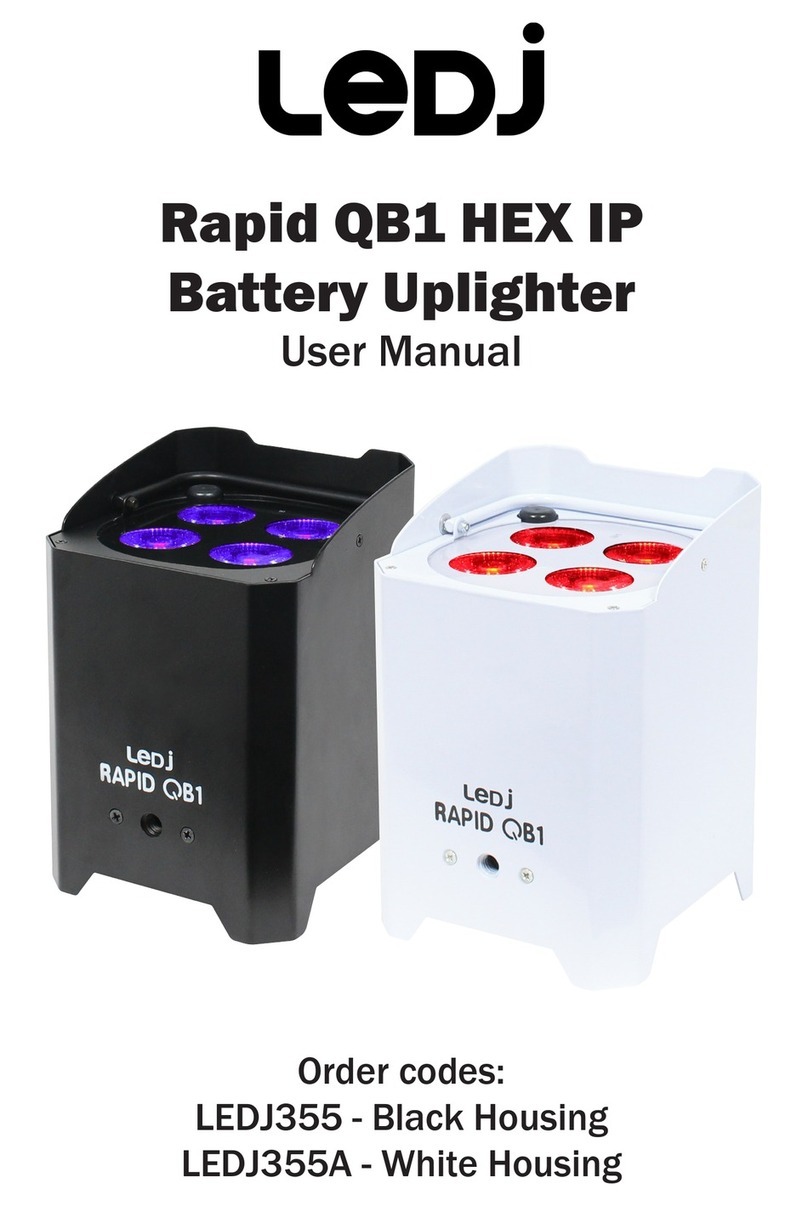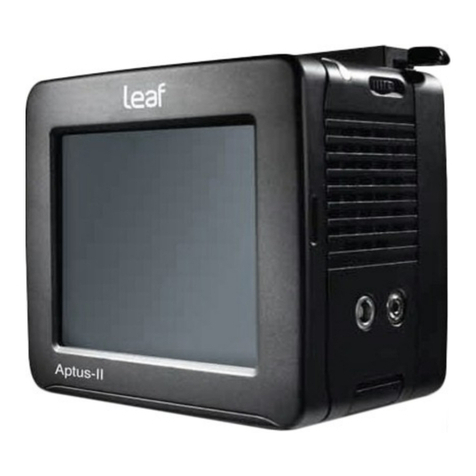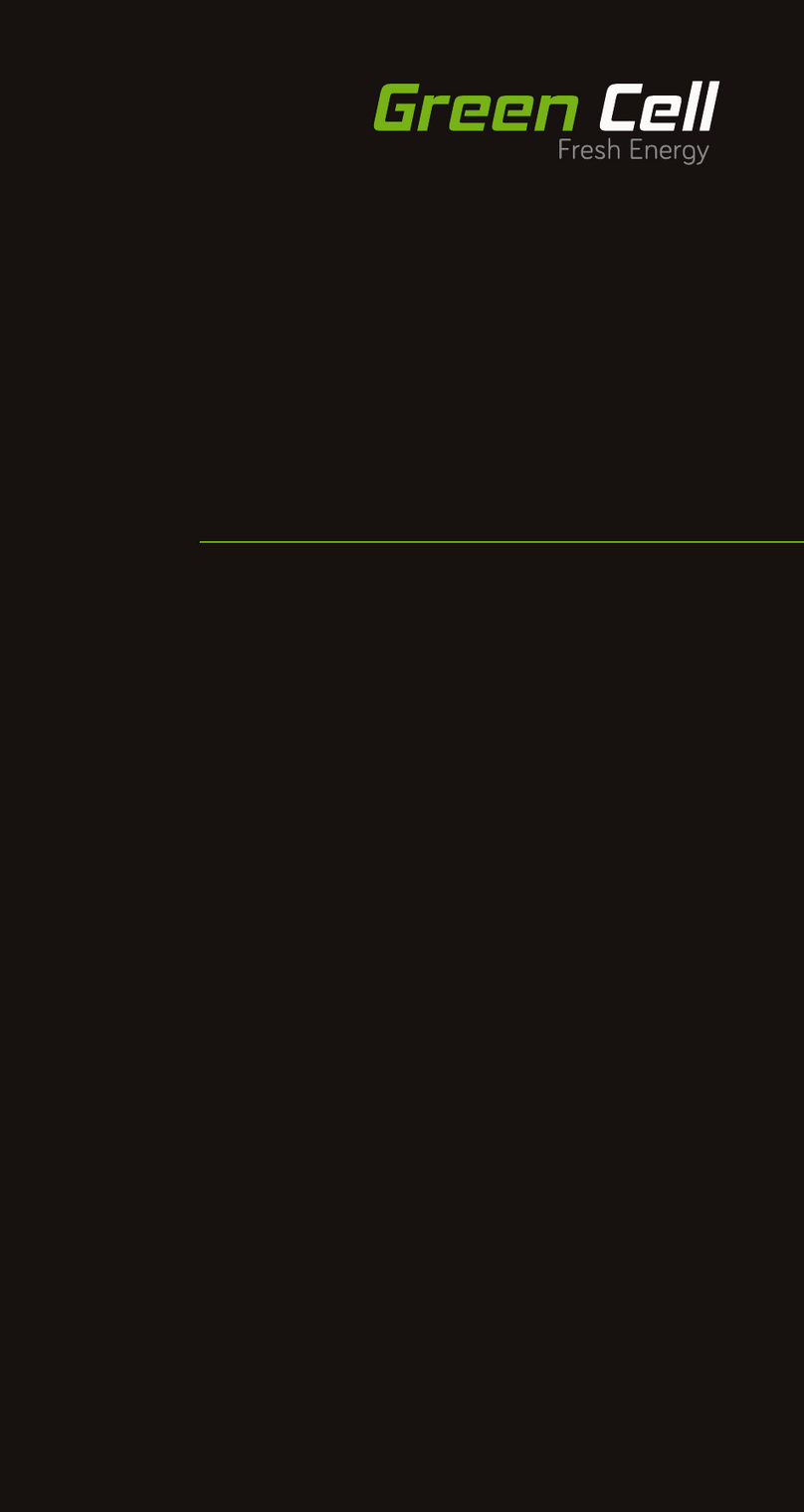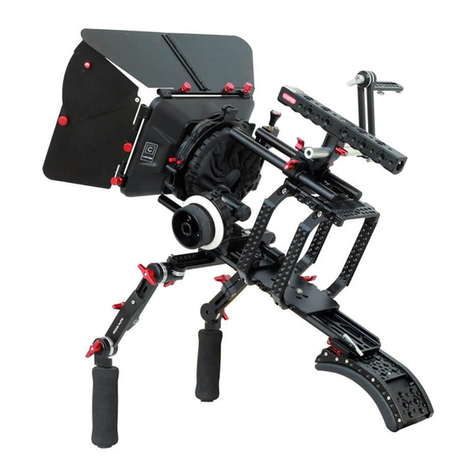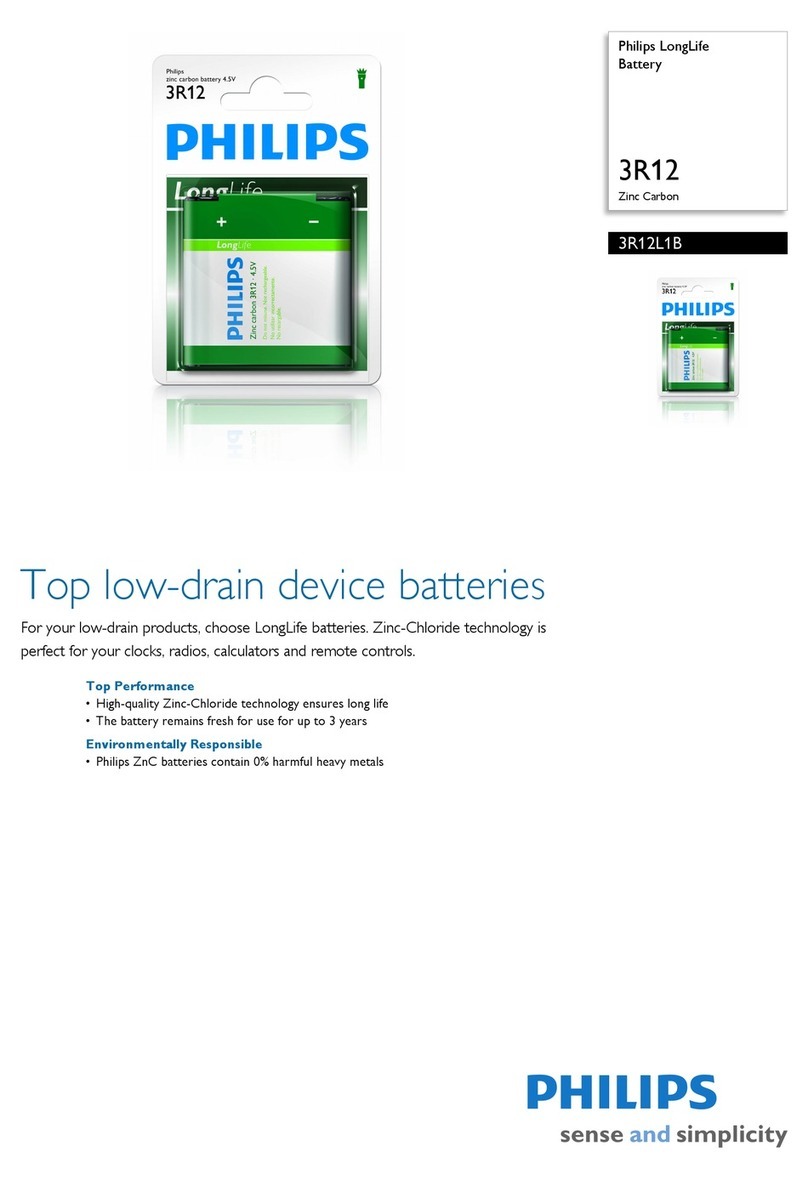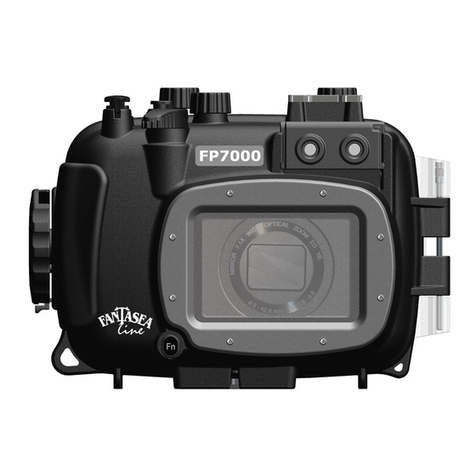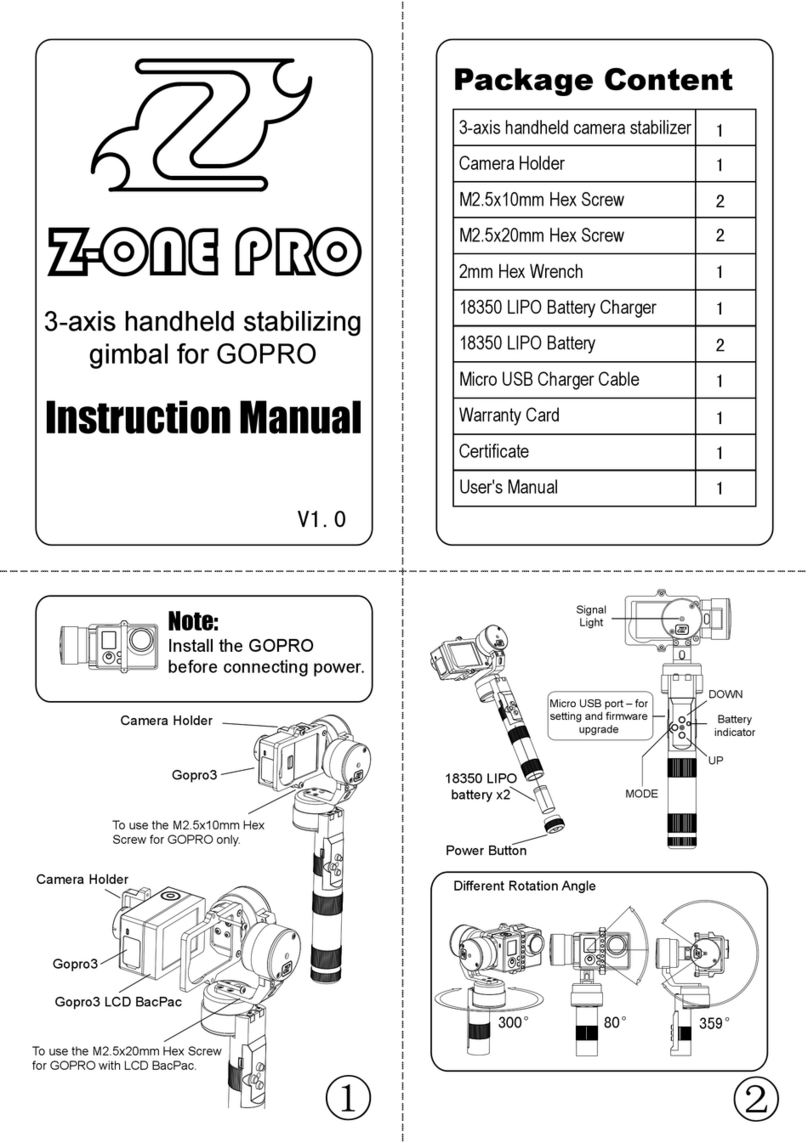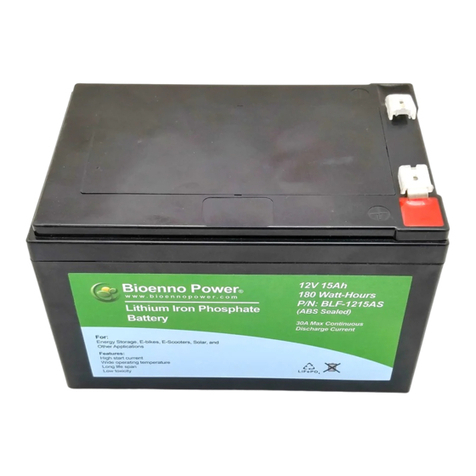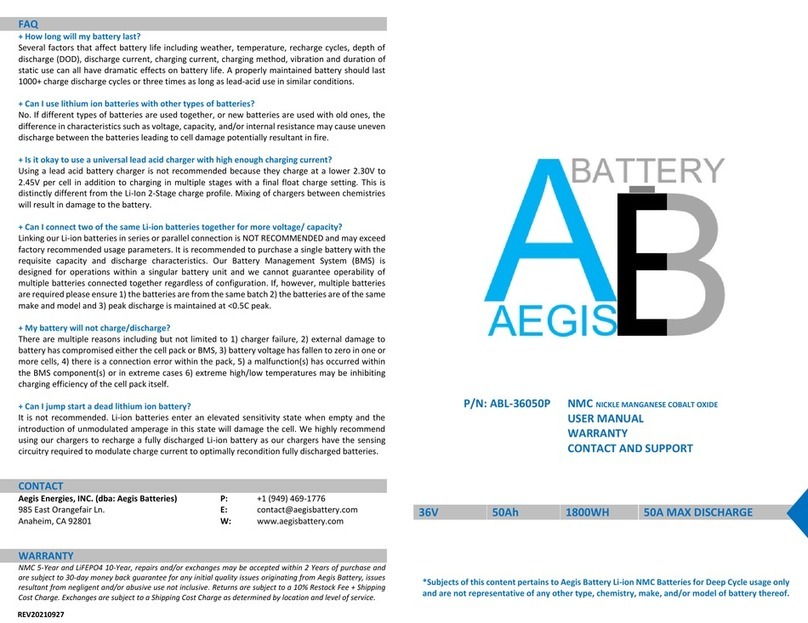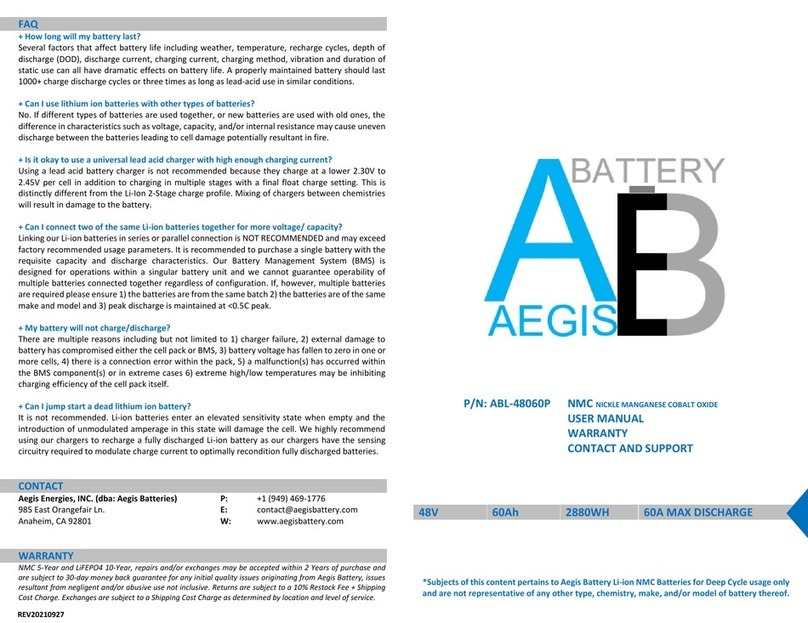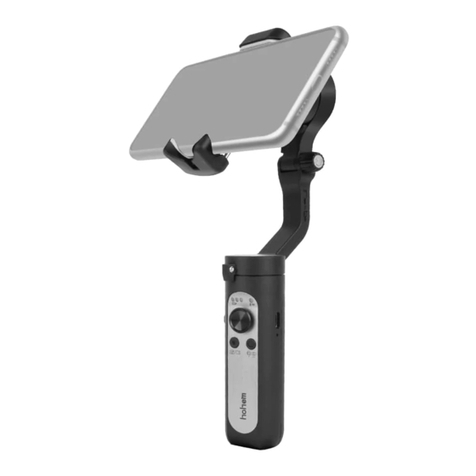Night Vision Systems CORONAFINDER Operating instructions

A Division of
www.syntronics.net
OPERATING AND MAINTENANCE MANUAL
CORONAFINDER
UV VIEWER
SYNTRONICS, LLC
Night Vision Systems Division
3500 Shannon Park Drive
Fredericksburg, VA 22408
USA
Telephone and fax: (540) 374-1000
Website: www.syntronics.net
Rev. 10/12/09

CONTENTS
1.0 GENERAL DESCRIPTION 1
2.0 OPTIONS 1
3.0 SYSTEM SPECIFICATION 1
3.1. VIEWER CONFIGURATION 1
3.2 IMAGE INTENSIFIER 1
3.3 LENS 1
3.4 FILTERS 1
3.5 PHYSICAL 1
3.6 POWER 1
3.7 ENVIRONMENTAL 2
4.0 VIEWER OPERATION 2
4.1 SETUP 2
4.2 FOCUSING 2
4.3 EXCESSIVE LIGHT WARNING 2
4.4 BATTERY REPLACEMENT 3
4.5 CHANGING FILTERS 3
4.6 TRIPOD USE 4
5.0 CAMERA DISASSEMBLY 4
WARRANTY 5
ADDENDUM (ATTACHING A DIGITAL CAMERA)

Syntronics, LLC
Night Vision Systems Division
1
1.0 GENERAL DESCRIPTION
The CoronaFinder is a battery powered, handheld direct view imaging system. It
consists of a housing, lens-coupled intensifier, C-mount adapter, ultraviolet lens, two filters,
eyepiece, handle and a weatherproof carrying case. Power is supplied by two AA batteries.
The intensifier is a Generation II photocathode powered by a wrap-around high voltage
power supply.
2.0 OPTIONS
There are many add-on options available for purchase with the CoronaFinder such as
a CCD camera, digital camera, camera mounting plate, additional filters, or tripod.
3.0 SYSTEM SPECIFICATION
3.1 VIEWER CONFIGURATION
Lens coupled, image intensified viewer
3.2 IMAGE INTENSIFIER
TYPE: Photonis Generation II
SPECTRAL SENSITIVITY: UV-Visible-Near IR
LUMINOUS GAIN (White Light): minimum 10,000
PHOSPHOR: P-43
3.3 LENS
TYPE: 78mm, F/3.8 quartz
MOUNT: C-mount in, 49mm filter ring
3.4 FILTERS
TYPE: ultraviolet
THREAD: 49mm
3.5 PHYSICAL
SIZE/WEIGHT: 241mm x 64mm x 191mm, 1.14 kg
9.5”L x 2.5”W x 7.5”H, 2.5 lb.
9.5”L x 2.5”W x 3.0”H (without handle)
3.6 POWER
ON/OFF switch powered by 2 AA batteries

Syntronics, LLC
Night Vision Systems Division
2
3.7 ENVIRONMENTAL
VIEWER STORAGE TEMPERATURE: -60oC to +70oC
VIEWER OPERATING TEMPERATURE: -10oC to +50oC
VIEWER Shock/Vibration: 25 g’s, all axes
4.0 VIEWER OPERATION
4.1 SETUP
1. Make sure the ultraviolet lens and a filter are attached to the CoronaFinder.
*****CAUTION: DO NOT OPERATE THE VIEWER*****
UNLESS THE LENS AND FILTER ARE ATTACHED!
2. Start out with the lens closed to the smallest aperture, F/16.
(F/16 = smallest aperture, F/3.8 = biggest aperture)
3. Turn the viewer power switch to the “on” position.
4.2 FOCUSING
1. Focus the lens as needed by turning the knurled (bumpy) section
of the lens until the object is in focus.
2. Focus the eyepiece as needed, turning until the object is in focus for your
eyes. The eyepiece adjustment will vary, depending on the user’s
eyesight.
4.3 EXCESSIVE LIGHT WARNING
***DO NOT EXPOSE THE VIEWER TO LIGHT LEVELS***
GREATER THAN 0.01 LUX FOR MORE THAN A FEW SECONDS
Excessive light levels will shorten the life of the intensifier and/or damage the
intensifier permanently. Never turn on the CoronaFinder unless the ultraviolet
lens and filter are attached!

Syntronics, LLC
Night Vision Systems Division
3
4.4 BATTERY REPLACEMENT
The viewer is powered by two AA alkaline batteries. To replace the batteries,
remove the viewer handle by unscrewing the big screw on the underside of the
viewer. Unscrew the silver knob below the lens to reveal the battery
compartment. Remove the batteries and replace with new ones, matching the
polarity as indicated on the blue label. Then screw the battery compartment
cover back on, and re-attach the handle.
4.5 CHANGING FILTERS
*****CAUTION: MAKE SURE THE POWER IS OFF*****
BEFORE REMOVING THE FILTER!
To swap filters, simply unscrew the filter housing on the UV lens and screw in
a different one (see pictures).
1. Remove filter, as shown below.
2. Attach new filter, as shown below.

Syntronics, LLC
Night Vision Systems Division
4
4.6 TRIPOD USE
Remove the viewer handle by unscrewing the big screw on the underside of the
viewer. On the underside of the viewer is a ¼-20 mounting hole that may be
used to mount the viewer to any tripod.
5.0 DISASSEMBLY
Do not disassemble the intensified section. This section should only be
disassembled/repaired by Syntronics.

Syntronics, LLC
Night Vision Systems Division
5
WARRANTY
Syntronics, LLC, warrants the equipment to be manufactured
free from defects in material or workmanship. Any part or parts
will be repaired or replaced when proven by Syntronics’ examination
to have been defective within one year from the date of acceptance
by the original purchaser. All warranty repairs will be performed
by Syntronics or as otherwise authorized by Syntronics in writing.
Shipping charges must be prepaid by the purchaser.
This warranty does not extend to Syntronics equipment subjected to
misuse, accident, or improper application, nor repaired or altered
by other than Syntronics or those authorized by Syntronics in writing.
This warranty is in lieu of all other warranties expressed or implied.
Syntronics shall not be responsible for collateral or consequential damages.
No equipment shall be returned to Syntronics without return authorization by Syntronics.

ADDENDUM (ATTACHING A DIGITAL CAMERA)
1. Remove eyecup, first peel one edge, then pull away from the eyepiece.
2. ScopeTronix AdaptaView should 3. Make sure camera lens is
be attached to front of camera. set to manual focus (MF).
4. Set the focus to infinity (∞). 5. Attach the CoronaFinder into the
AdaptaView, making the bottom
half enter first. Do not loosen
the bottom two screws.
6. Tighten the top thumbscrew 7. CoronaFinder with camera
until the camera is secure.
Note: Since the camera is now on “manual focus”, the focus ring on the eyepiece
might need to be adjusted for best possible focus. Also, once the camera is
attached to the CoronaFinder, the lens manual focus ring can be rotated slightly to
change focus.

ADDENDUM (CORONA FILTER #1 & #4)
INTRODUCTION
The CoronaFinder is extremely easy to use. The CoronaFinder is supplied with two
filters, Corona Filter #1 and Corona Filter #4. The CoronaFinder must NEVER be
operated without one of the Corona Filters installed. Although either Corona Filter may
be used, the following will give some guidelines about when to use #1 or #4.
WHAT IS CORONA
Corona discharge is a luminous partial discharge from conductors and insulators due to
ionization of the air, where the electrical field exceeds a critical value. A high local
electric field ionizes the air and causes a partial discharge. This process causes the
excitation and breakdown of Nitrogen molecules, leading to emission of UV radiation.
Some molecules are not ionized but excited – emitting photons on relaxation. Buildup of
ionization occurs only if the electrons are going fast enough, i.e. if the electric field
exceeds a critical value.
Thus a problem or defect in a component creating a local high electric field will show
corona activity. This defect may be a sharp edge or point on a conductor. It may be a
discontinuity on a bare cable (dirt or broken strand). It could be a nick, break or
contaminant on an insulator, or a thinned area on a dielectric coating. It could be caused
by a cracked, chipped or dirty bushing. Or it may be loss of insulator caused by a SF6
leak.
Utilities are typically made aware of corona by complaints of faulty radio or television
signals. Because corona is invisible in daylight with the naked eye, maintenance crews
will investigate by aiming devices such as a corona camera or radio antenna at suspected
areas, and track corona.
EFFECTS OF CORONA
Corona has many damaging and environmental disturbing effects. One of these is the
generation of corrosive materials, like ozone and nitrogen oxides. These combine with
water vapor under conditions of high humidity to form nitric acid. This very corrosive
material can shorten the lifespan of high voltage lines and substation components.
Corona causes damage to high voltage insulators, especially non-ceramic (NCI)
insulators. Corona can cause radio interference (RI/RFI) mainly to AM transmissions.
Corona can cause audio noise; humming, sizzling and crackling sounds.

DETECTING CORONA
Corona generates very little heat and therefore is not detectable with thermal cameras.
The corona discharge emits radiation in the 280nm-405nm spectral range, mostly in the
ultraviolet (UV) and therefore is invisible to the human eye, though relatively weak
emission at about 400 nm might be observed at night under conditions of absolute
darkness. The corona emission in the 280nm-405nm spectral range cannot be detected
during daytime due to the large amount of natural solar radiation. The CoronaFinder can
only be effectively used outdoors at night time or can be used indoors, with or without
the room lights on.
USING CORONA FILTERS
Both filters can be used indoors or outdoors, under all conditions. Both filters are equally
useful, but usually under different conditions. An experienced operator will quickly learn
which filter works best under a variety of lighting and searching conditions.
Corona Filter #1 is a very broad spectrum bandpass UV filter. It passes the entire corona
spectrum from deep UV to visible. It has a peak transmission of about 80% in the middle
of its passband. It also passes a small amount in the near IR.
Corona Filter #4 is a very narrow bandpass UV filter. It only passes a narrow section in
the middle of the corona spectrum. It has a peak transmission of about 35-40%. It does
not pass any in the visible or the near IR.
Corona Filter #1 passes light in the UV and the near IR part of the spectrum. This allows
the operator to see the corona and some of the equipment surrounding the corona. This
makes it easier for the operator to pinpoint the exact cause and location of the corona.
Since Corona Filter #1 also passes some of the light in the near IR, a few bright shiny
objects may falsely appear to be emitting corona. Some of these can be eliminated by
dimming the lights or by viewing from a different angle. Light reflections will move or
change intensity depending on viewing angle, but actual corona emission will not move.
Corona filter #4 only passes light in the UV part of the spectrum. This allows the
operator to have maximum contrast and minimum false detections of corona. This has
the disadvantage in that it is more difficult to pinpoint the exact location of the corona.
One may be able to see the corona but still cannot tell exactly where it is. With practice
the operator will be able to view the corona, and then lift the CoronaFinder to see the
location.
Since Corona Filter #1 has a higher peak transmission and a wider passband than Corona
Filter #4; it will always be able to detect lower levels of corona than Corona Filter #4. To
achieve maximum sensitivity and minimum false detections the room lights may need to
be dimmed when using Corona Filter #1.
Corona Filter #4 is fairly insensitive to room lighting.
The amount of room lighting and the quantity of corona will influence which filter will
work better
Table of contents
Popular Camera Accessories manuals by other brands
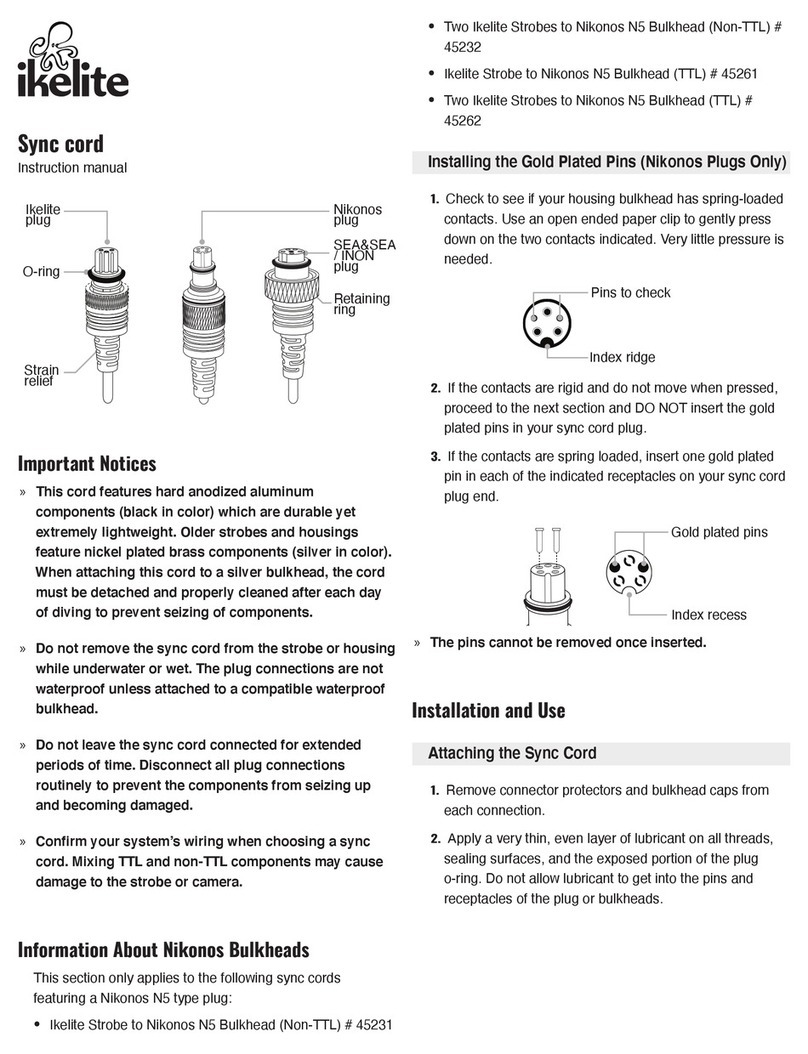
Ikelite
Ikelite Sync cord instruction manual
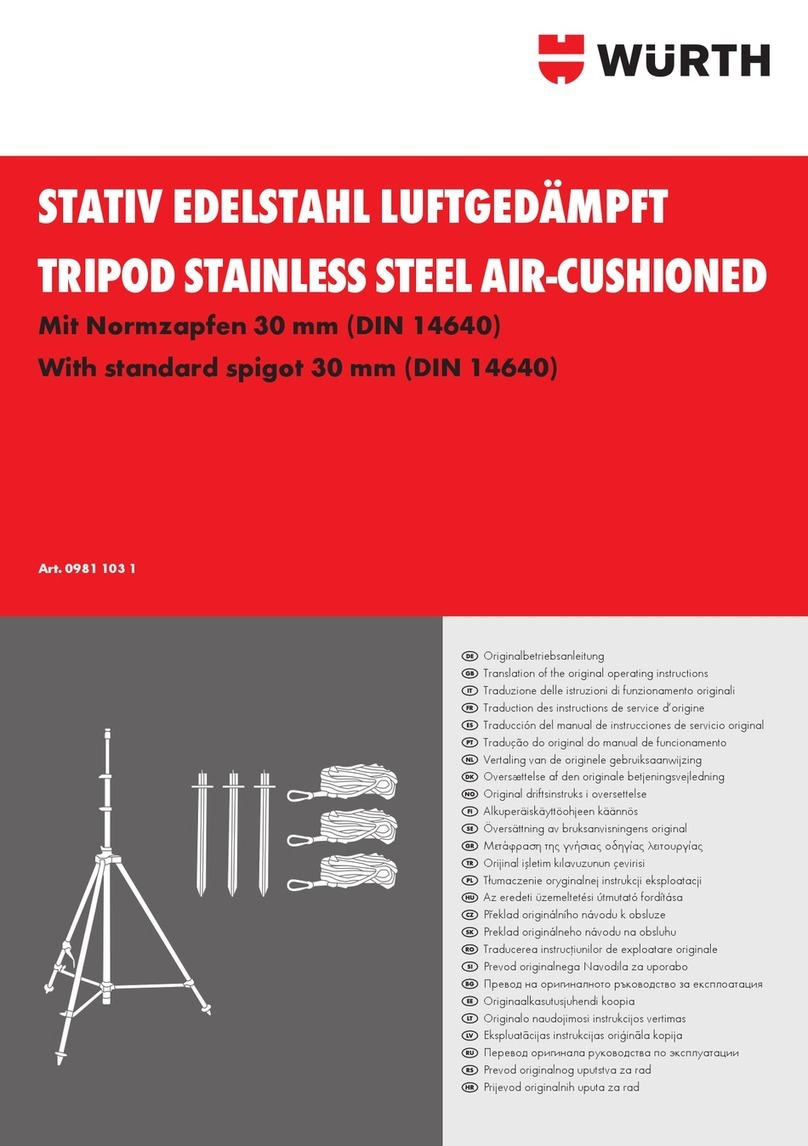
Würth
Würth 0981 103 1 Translation of the original operating instructions
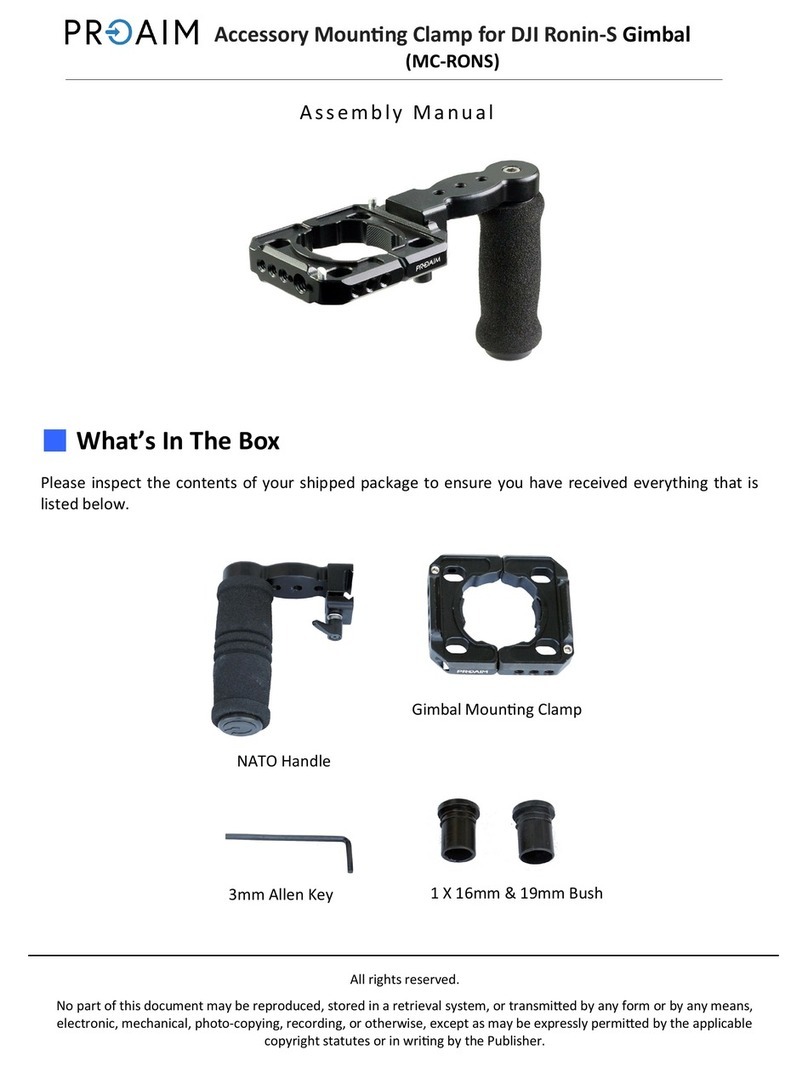
PROAIM
PROAIM MC-RONS Assembly manual
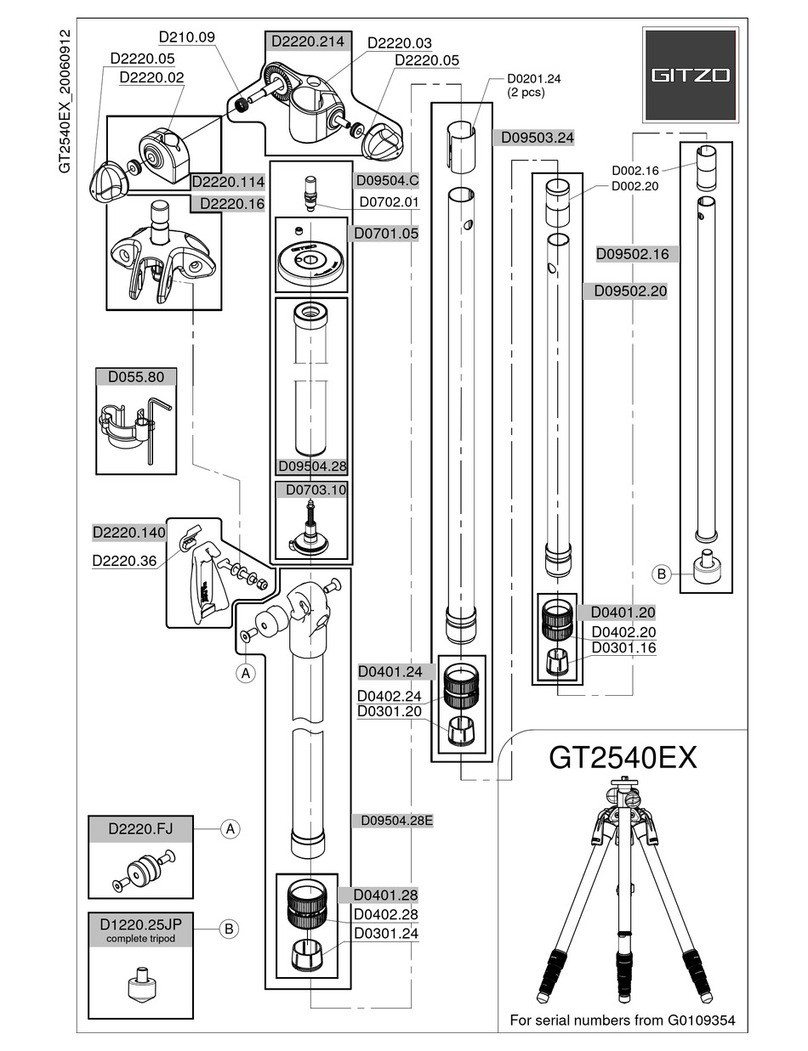
Gitzo
Gitzo GT2540EX parts list
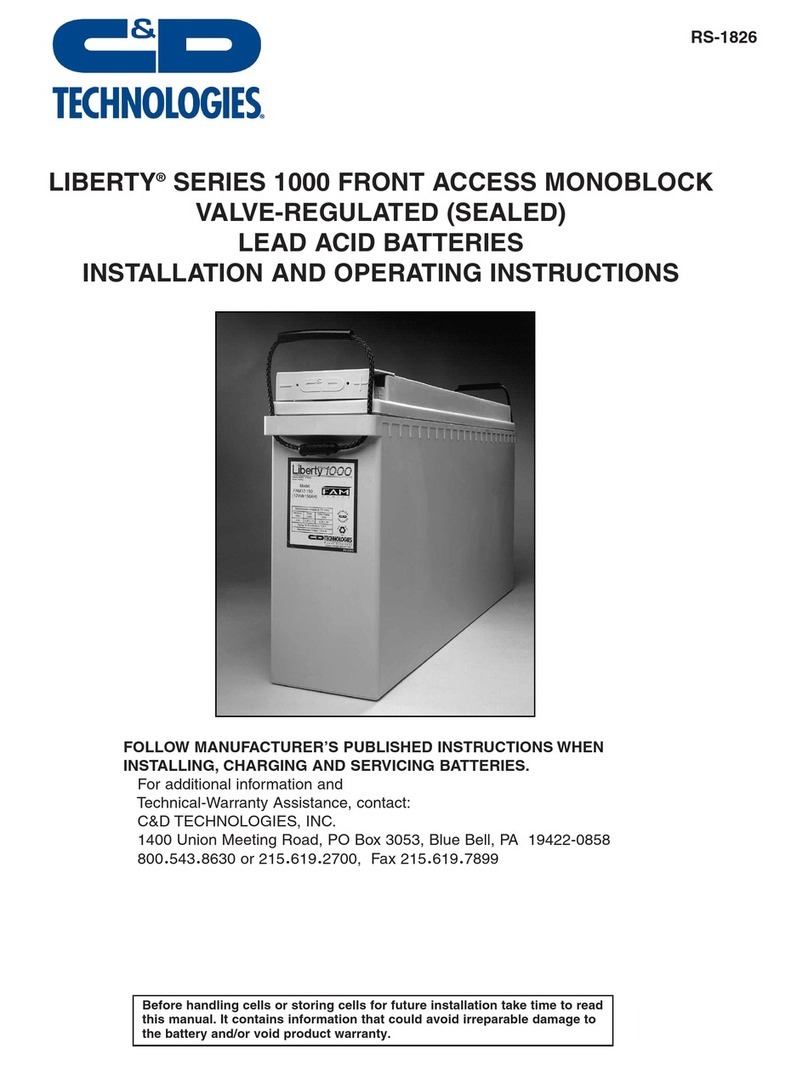
C&D Technologies
C&D Technologies LIBERTY 1000 Series Installation and operating instructions
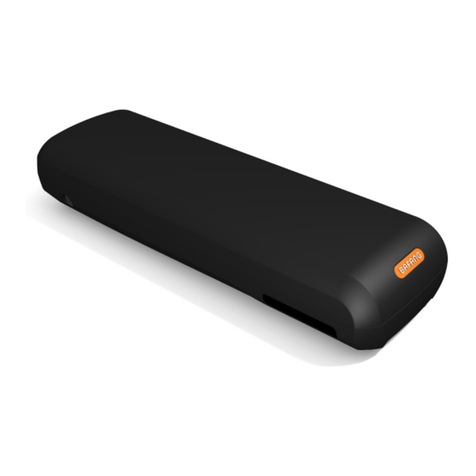
BAFANG
BAFANG BT C01. UC Series user manual
